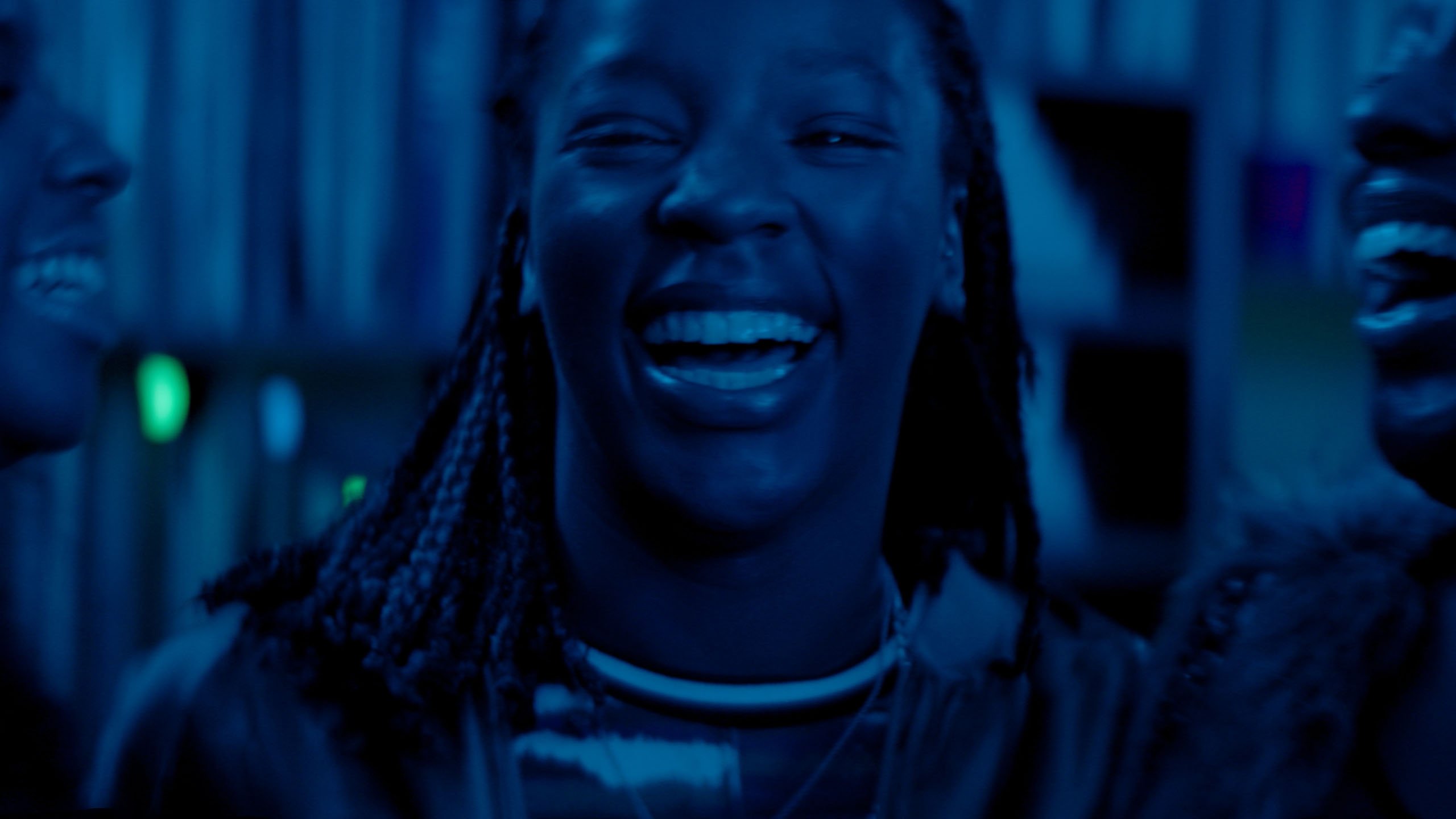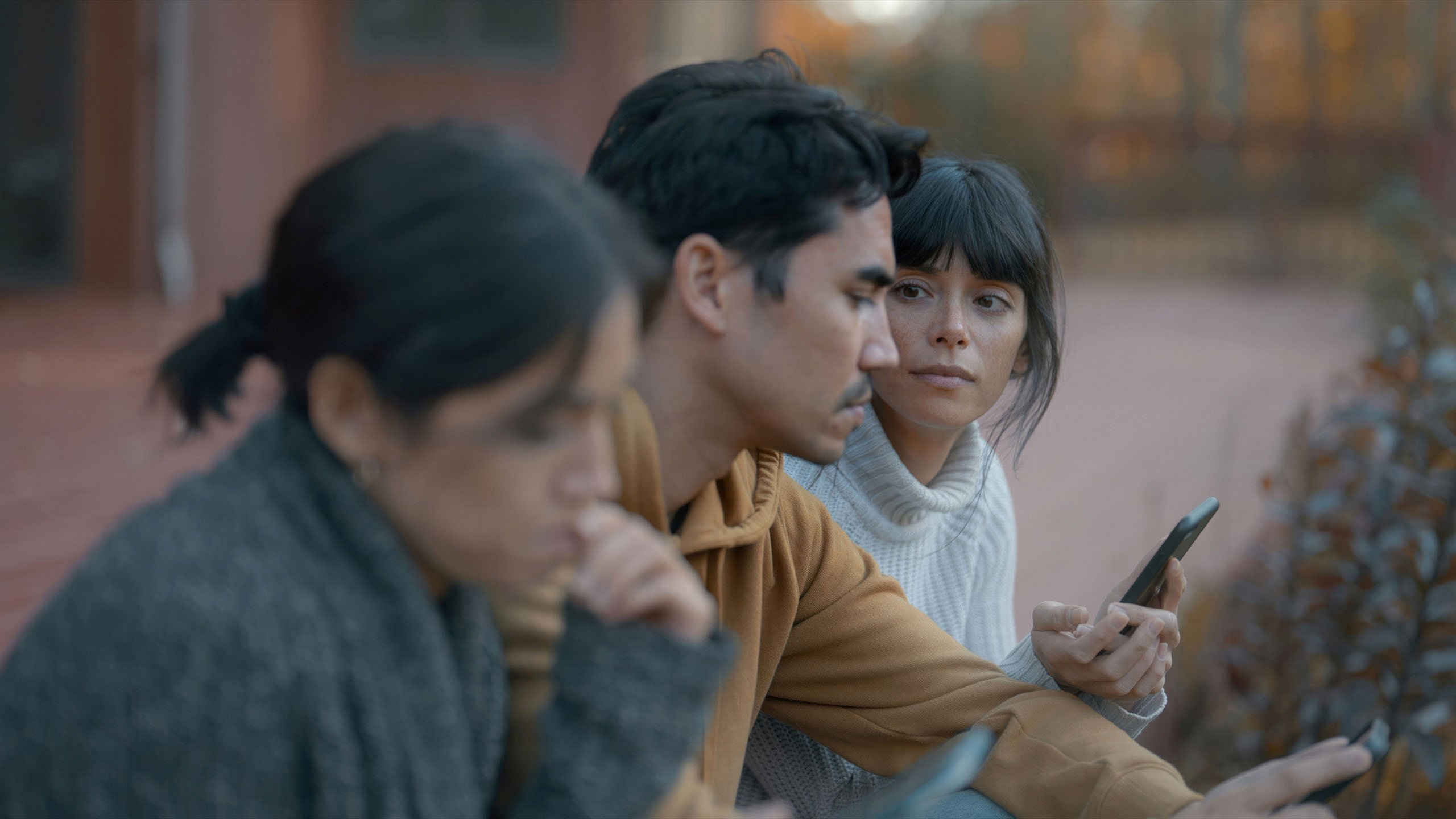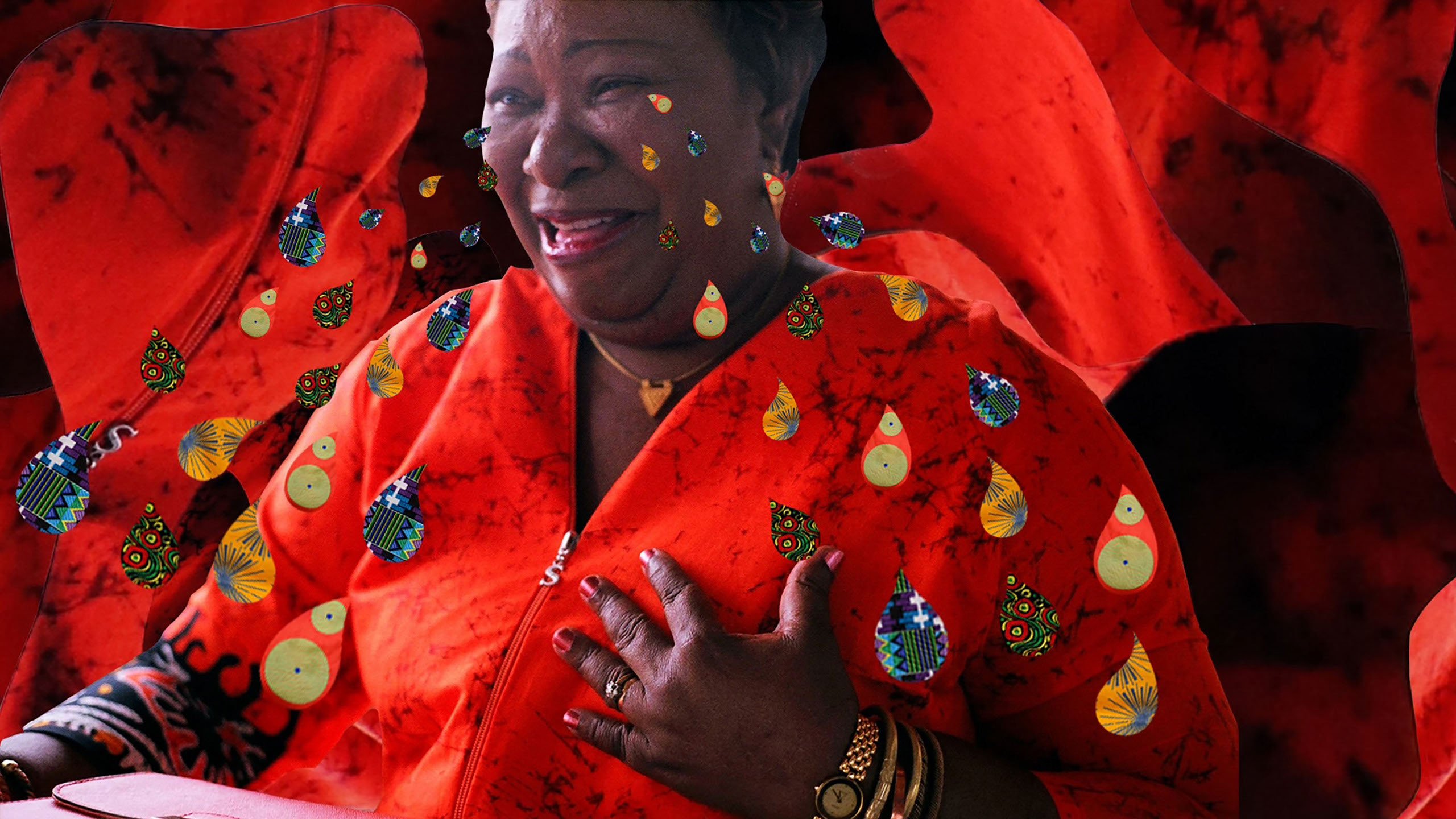5 Screenwriting Takeaways: Sundance Shorts Embrace It All
January 19, 2024
As the 2024 Sundance Film Festival approaches its 40th year, the best shorts in the independent film world will show on the silver screen in Park City, Utah. From January 18 through the 28 (with some titles available online from January 25 through 28), the 53 short films selected from 12,098 submissions, the highest number on record, we can learn a few things as screenwriters. Here are our five takeaways from the 2024 Sundance short films.
Everyone Is Looking For Connection in a Sundance Short
After reeling from the isolation of COVID-19 and stepping back into a new normal, everyone seems to be searching for connection. Whether a character is trying to connect with themselves like in Busayo Ige’s Essex Girls or connecting with others like in Dylan Guerra’s Didn’t Think I’d See You Here, this theme is heavily present in most of the Sundance short films and for good reason.
Connection is a rich and powerful theme for screenwriters to explore for several reasons. It is a universal theme that is easy for an audience to understand, can be explored through a variety of lenses, and can deliver a powerful message within a short amount of time. Unlike another common theme we see in Sundance shorts, finding connection is an uplifting and inspiring theme that can easily be adapted while pushing the boundaries of traditional storytelling.

Grief Is a Common Sundance Short Theme
While themes of connection might be popular at this year's festival, grief in short films will always be popular. Why? The answer is simple: grief is powerful. The emotionally charged theme draws the audience into a pivotal moment in the character's life.
However, grief doesn’t always look the same. At Sundance, common themes bend into strange territories. Kate Jean Hollowell’s Say Hi After You Die sees a grieving woman communicating with a port-a-potty who she believes is her deceased best friend. Matthew Tyler’s The Looming Cloud follows three siblings figuring out how to post about their mother’s death on social media. While grief can be devastating, many Sundance shorts can find the light in the characters’ darkest moments.

Experimental Films Are Still the Way to Go
Experimental films have always been a vital part of the independent film world, which is why it is so great to see Sundance celebrating avant-garde cinema with a few short films. While it might seem odd to write a screenplay for an experimental film, they are used to organize ideas, themes, and dialogue.
Kelly Sears’s The Lost Season and Tajana Tokyo’s Salone Love take the image and make it something more through their unique visual lens. However, the screenplay maps out their ideas, defines the “why,” and helps focus on the sensory details that make the images impactful. While scripting the vision might seem odd, it is a great way to stay organized when making an experimental short.

Be Bold, Weird, and Strange in a Sundance Short
If you have under 49 minutes to tell a memorable story, why not make a short story that stands out? Shocking stories have a way of living on after the viewing. It scratches a strange itch to see something unconventional, daring, or so uncomfortable that we can’t look away.
The Midnight Short Film Program of short films at Sundance always has bold and strange short films, like Whammy Alcazaren’s Bald Eagle or Masha Ko’s The Looming, but it is the shorts that fit into this category of bold and weird that didn’t make it into the Midnight program that is interesting.
Makoto Nagahisa’s Pisko the Crab Child is in Love bends romantic drama tropes into strange, new ways as Pisko’s crab heritage ruins an already problematic relationship. It’s a simple plot story that is given away in the film’s logline, but it is somehow captivating because of the odd element’s important role in the story.
.jpeg?width=2560&height=1440&name=Pisko%20the%20Crab%20Child%20is%20in%20Love%20(Courtesy%20of%20the%20Sundance%20Institute).jpeg)
Focus On a Single Moment
The greatest downfall of any short film is trying to tell a story. With limited time, a short film has to convey an idea or a singular moment. That is what a majority of the Sundance short films do well. The shorts that stand out are the ones that hyper-focus on a single moment in the character’s life.
When writing a short film, consider the central message of the story and how the theme can help resonate the message through every aspect of the story. This will help develop character, motivations, and plot points naturally while building up to a satisfying end.
.jpg?width=2560&height=1440&name=Boi%20de%20Conchas%20(The%20Shell%20Covered%20Ox).jpg)
---
Writing feature films might be the ultimate end goal for screenwriters, but short films can be an essential part of their careers. Short screenplays will help screenwriters hone their craft and offer a creative outlet to explore ideas and experiment with structure. There is a lot screenwriters can learn from watching Sundance short films, too.
Exploring conventional themes, bending common themes into something unexpected, writing experimental films, being bold and strange with genre tropes, and focusing on singular moments are all ways to hone your craft. Don’t underestimate the power of writing a short film. Try something new and see if it is worthy of a screening at next year’s Sundance.
Written by: Alyssa Miller
Alyssa Miller is a passionate writer, editor, and educator with a deep love for storytelling. She holds a Bachelor of Arts in English with a minor in Communications from the University of San Francisco and has extensive experience as a freelance writer, specializing in entertainment and film education. Her work has appeared in renowned publications such as Britain's First Frame, No Film School, Industry Arts, and Final Draft. In addition to screenwriting, Alyssa shares her insights on the latest releases through her YouTube channel (@alyssawatchesmovies), reflecting her unwavering dedication to the art of storytelling.



